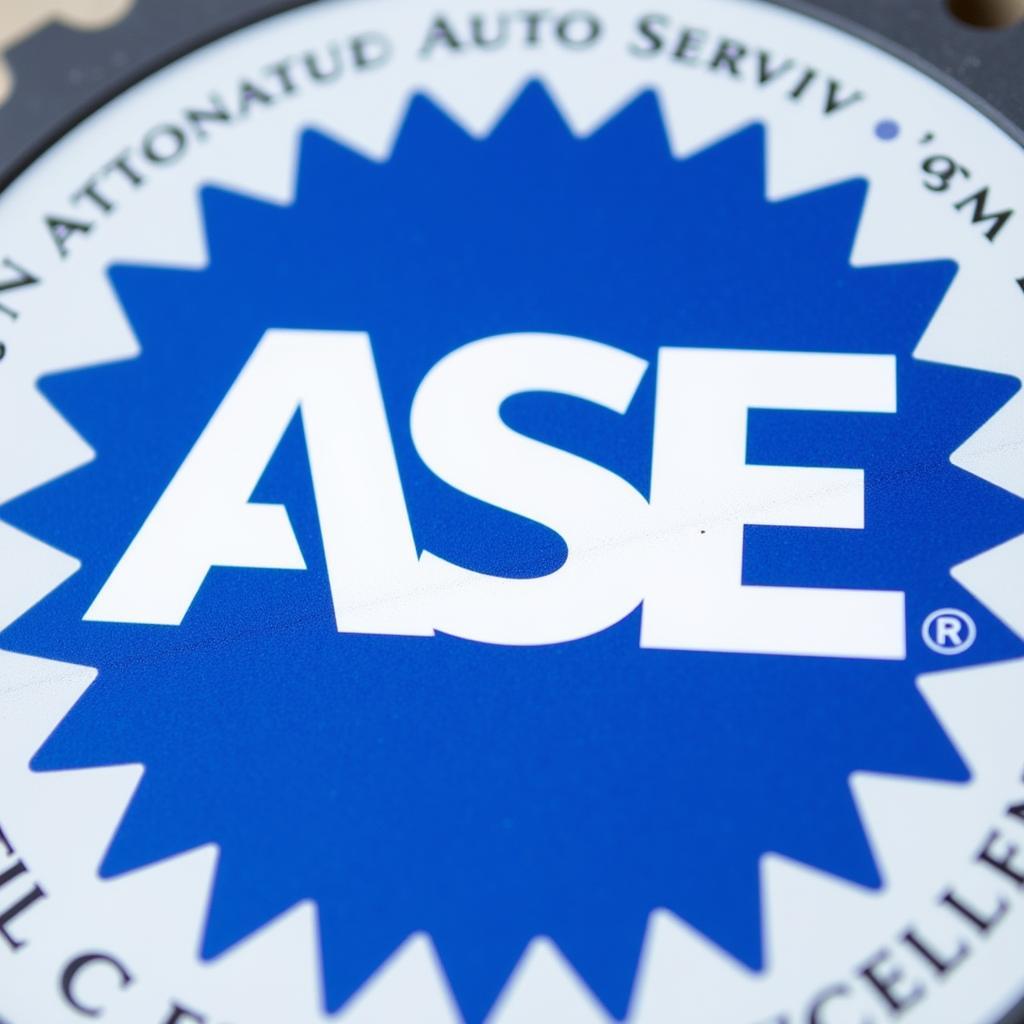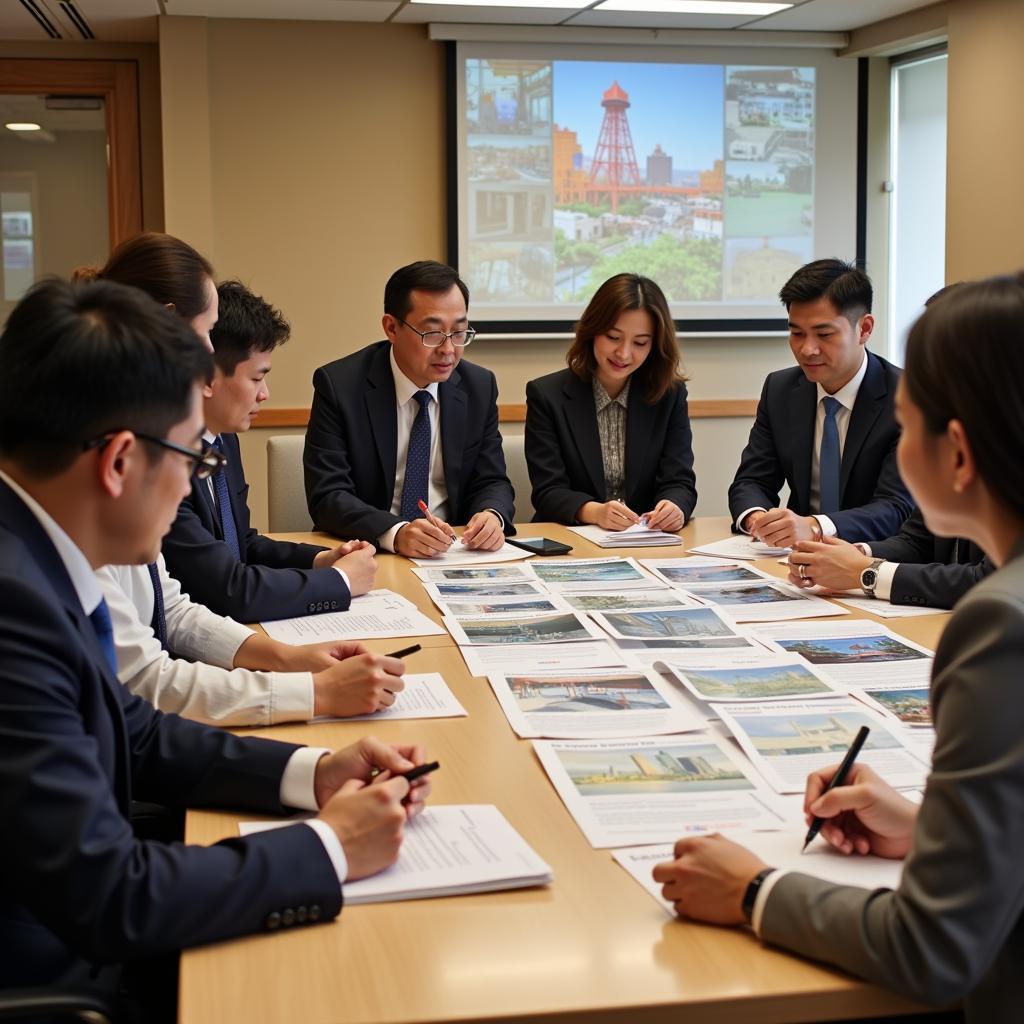The Association of Southeast Asian Nations (ASEAN) has experienced significant growth and transformation, driven by a complex interplay of factors collectively known as “ASEAN drivers.” These drivers represent the key forces shaping the region’s economic, political, and socio-cultural landscape. Understanding these drivers is crucial for comprehending ASEAN’s trajectory and its role in the global arena.
Economic Integration: A Cornerstone of ASEAN Drivers
One of the most prominent ASEAN drivers is the pursuit of economic integration. ASEAN has made substantial strides in establishing a single market and production base, aiming to enhance regional competitiveness and attract foreign investment. The ASEAN Economic Community (AEC) blueprint, adopted in 2007, outlines key characteristics of this vision, including free flow of goods, services, investment, skilled labor, and freer capital flow.
The elimination of tariffs and non-tariff barriers has facilitated intra-ASEAN trade, making it a significant driver of growth. Moreover, ASEAN has actively pursued free trade agreements (FTAs) with major economies, further expanding its economic reach.
Political and Security Cooperation: Fostering Stability
Beyond economics, ASEAN drivers encompass political and security cooperation. Recognizing that regional stability is paramount for sustained growth, ASEAN member states engage in dialogue and consultation on political and security issues of common concern.
The ASEAN Regional Forum (ARF), established in 1994, serves as a platform for dialogue on security issues involving ASEAN and its dialogue partners. This forum plays a crucial role in confidence-building, preventive diplomacy, and conflict resolution in the Asia-Pacific region.
ASEAN also collaborates on transnational issues such as terrorism, piracy, and natural disasters, fostering a sense of shared responsibility for regional security.
Socio-Cultural Cooperation: Strengthening ASEAN Identity
ASEAN drivers extend beyond economic and political spheres to encompass socio-cultural cooperation. Recognizing the importance of a shared ASEAN identity, member states actively promote cultural exchanges, educational programs, and people-to-people contacts.
Initiatives such as the ASEAN University Network (AUN) facilitate collaboration among universities in the region, fostering academic excellence and regional understanding. Moreover, ASEAN promotes cultural events and festivals that showcase the rich diversity of Southeast Asian heritage.
Challenges and Opportunities: Navigating a Complex Landscape
While ASEAN drivers have propelled the region forward, challenges remain. Income disparities within ASEAN necessitate inclusive growth strategies that benefit all segments of society. Additionally, geopolitical tensions and non-traditional security threats require proactive and collaborative responses.
However, these challenges also present opportunities. ASEAN’s growing middle class and digital economy offer immense potential for innovation and entrepreneurship. By leveraging technology and promoting sustainable development, ASEAN can overcome these challenges and continue its trajectory of growth and integration.
Conclusion: ASEAN Drivers – Shaping the Future of Southeast Asia
ASEAN drivers represent a multifaceted engine propelling the region towards greater integration and prosperity. By fostering economic cooperation, political stability, and socio-cultural understanding, ASEAN has established itself as a vital player on the global stage. While challenges remain, the region’s commitment to shared goals and collaborative action offers hope for a brighter future. For further information and support, please don’t hesitate to contact us. Call us at: 0369020373, Email: aseanmediadirectory@gmail.com or visit our address: Thon Ngoc Lien, Hiep Hoa, Bac Giang, Vietnam. Our dedicated customer support team is available 24/7 to assist you.

